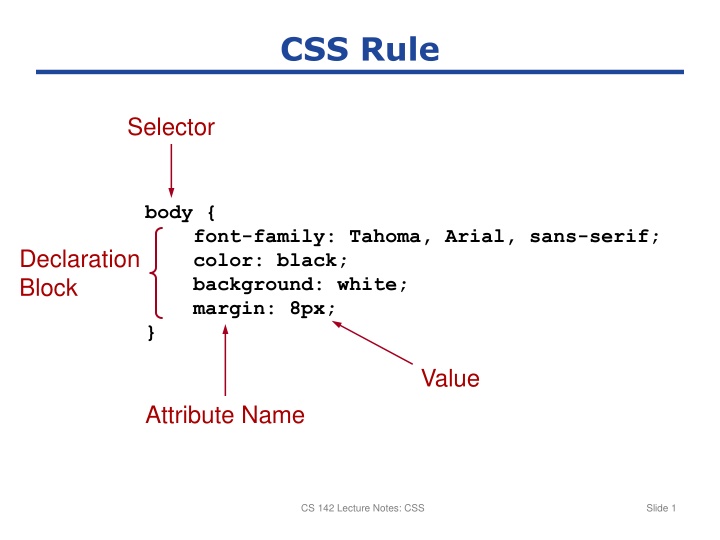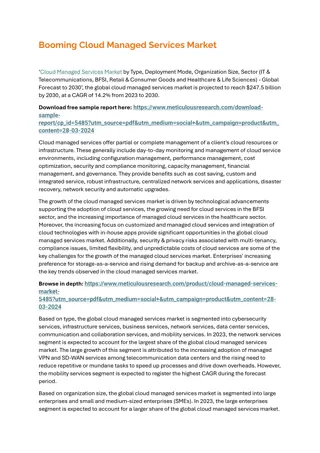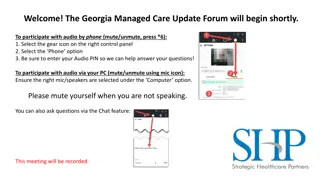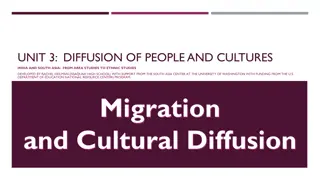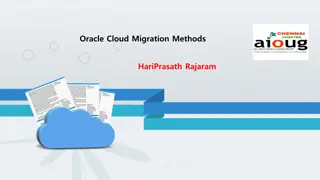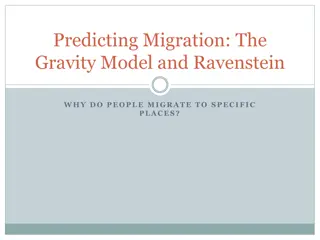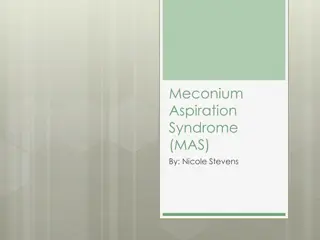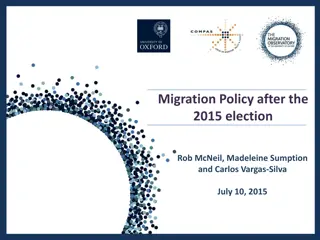MAS Migration to Managed Services Overview
This presentation outlines the migration process of transitioning from Maximo 7.6.1.x to Maximo Application Suite Managed Services (MAS MS). It covers key components such as server migration, technical changes, deployment steps, integrations setup, database migration, and testing protocols. The journey to MAS Managed Service in 2021 is detailed, including initial setup, planning, cutover activities, and post-live support. Client responsibilities, IBM's role, and necessary preconditions are highlighted for a successful migration experience.
Download Presentation

Please find below an Image/Link to download the presentation.
The content on the website is provided AS IS for your information and personal use only. It may not be sold, licensed, or shared on other websites without obtaining consent from the author.If you encounter any issues during the download, it is possible that the publisher has removed the file from their server.
You are allowed to download the files provided on this website for personal or commercial use, subject to the condition that they are used lawfully. All files are the property of their respective owners.
The content on the website is provided AS IS for your information and personal use only. It may not be sold, licensed, or shared on other websites without obtaining consent from the author.
E N D
Presentation Transcript
CSS Rule Selector body { font-family: Tahoma, Arial, sans-serif; color: black; background: white; margin: 8px; } Declaration Block Value Attribute Name CS 142 Lecture Notes: CSS Slide 1
CSS Selectors CSS HTML Tag name h1 { color: red; } <h1>Today s Specials</h1> Class attribute .large { font-size: 16pt; } <p class="large">... Tag and class p.large {...} Id #p20 { font-weight: bold; } <p id="p20">... attribute table.items tr.header CS 142 Lecture Notes: CSS Slide 2
CSS Color Specifiers Predefined names: white black red 8-bit hexadecimal intensities for red, green, blue: #ff0000 R G B 0-255 decimal intensities: rgb(255,255,0) R G B Percentage intensities: rgb(80%,80%,100%) R G B CS 142 Lecture Notes: CSS Slide 3
CSS Box Layers Border Parent s background used in margin area Margin Element Padding Content Padding Element s background used in padding area CS 142 Lecture Notes: CSS Slide 4
CSS Distances pixels 2px 1mm 2cm 0.2in 3pt 2em, 4ex millimeters centimeters inches printer s points other printer s units CS 142 Lecture Notes: CSS Slide 5
Adding Styles to HTML Separate Stylesheet <head> ... <link rel="stylesheet" type="text/css" href="myStyles.css" /> <style type="text/css"> body { font-family: Tahoma, Arial, sans-serif; ... } </style> </head> <body> ... <div style="padding:2px; ... "> ... </body> Page-Specific Styles CS 142 Lecture Notes: CSS Element-Specific Styles Slide 6
CSS: HTML: body { font-family: Tahoma, Arial, sans-serif; font-size: 13px; color: black; background: white; margin: 8px; } h1 { font-size: 19px; margin-top: 0px; margin-bottom: 5px; border-bottom: 1px solid black } .shaded { background: #d0d0ff; } <body> <h1>First Section Heading</h1> <p> Here is the first paragraph, containing text that really doesn't have any use or meaning; it just prattles on and on, with no end whatsoever, no point to make, really no purpose for existence at all. </p> <div class="shaded"> <h1>Another Section Heading</h1> <p> Another paragraph. </p> </div> </body> CS 142 Lecture Notes: CSS Slide 7
